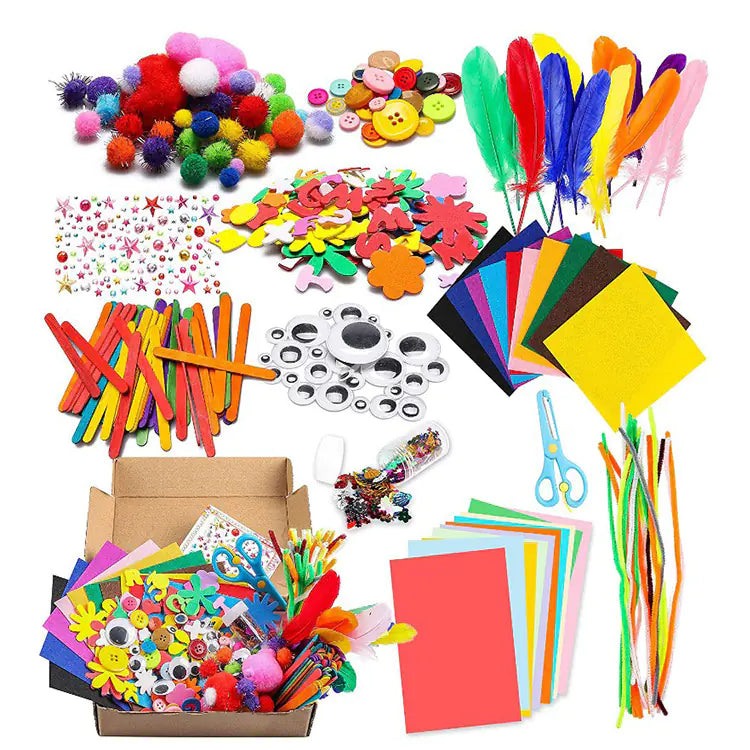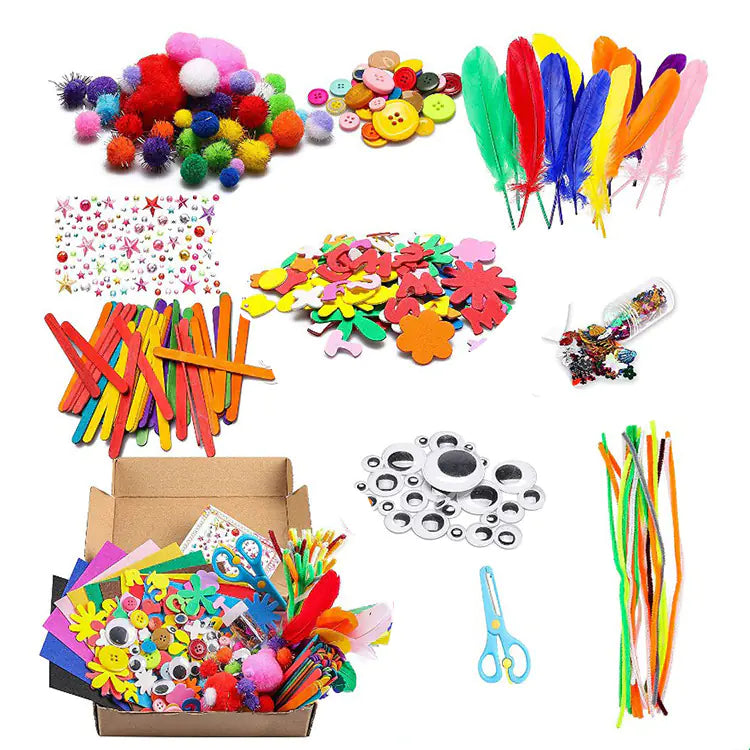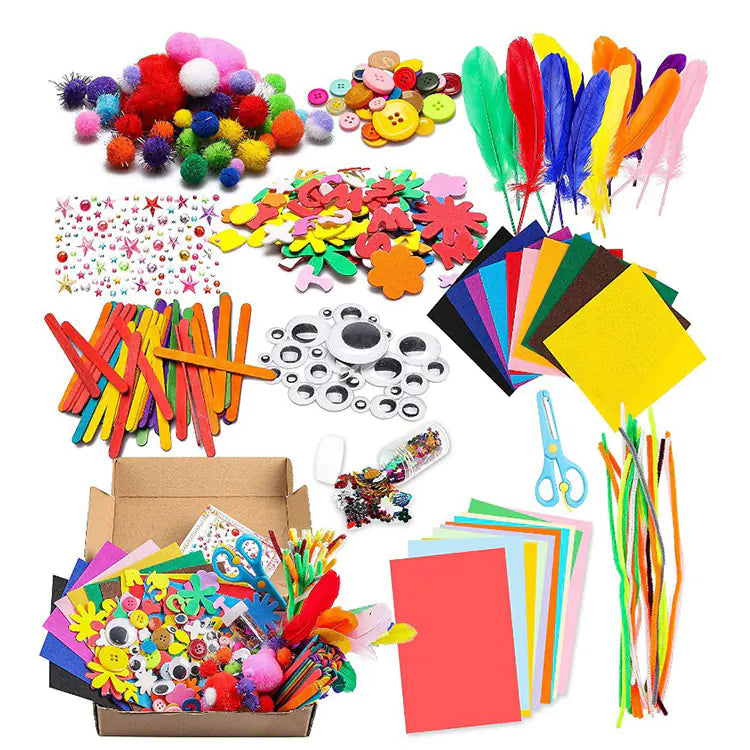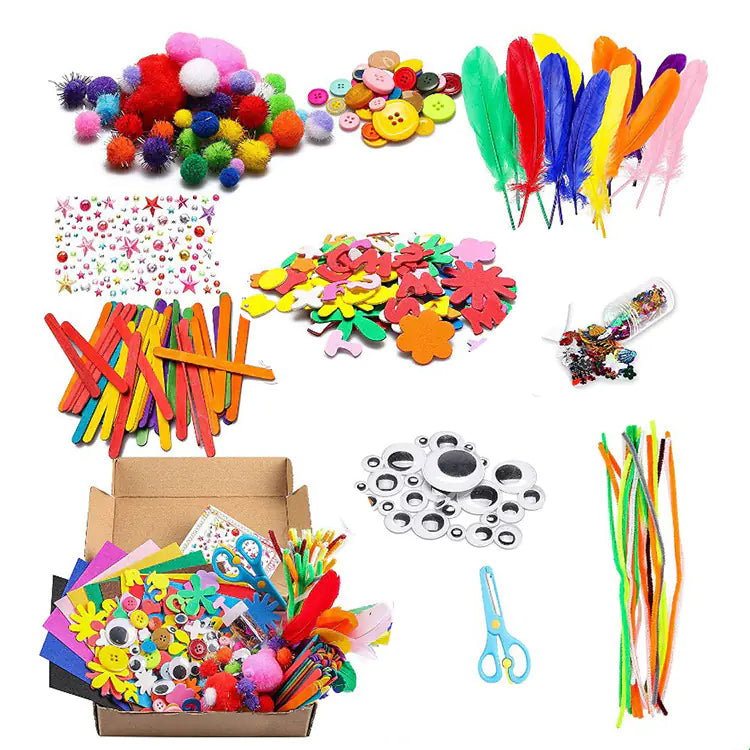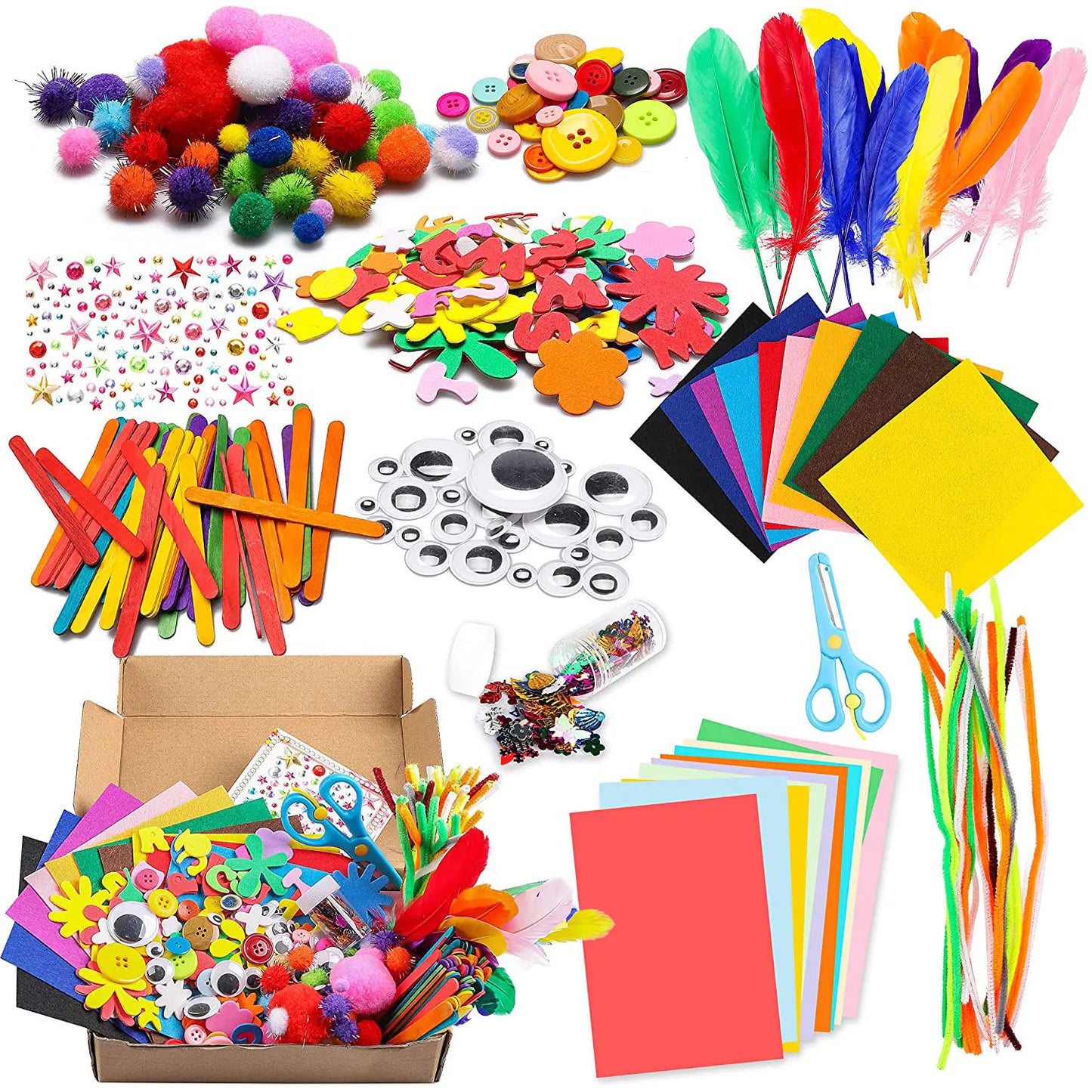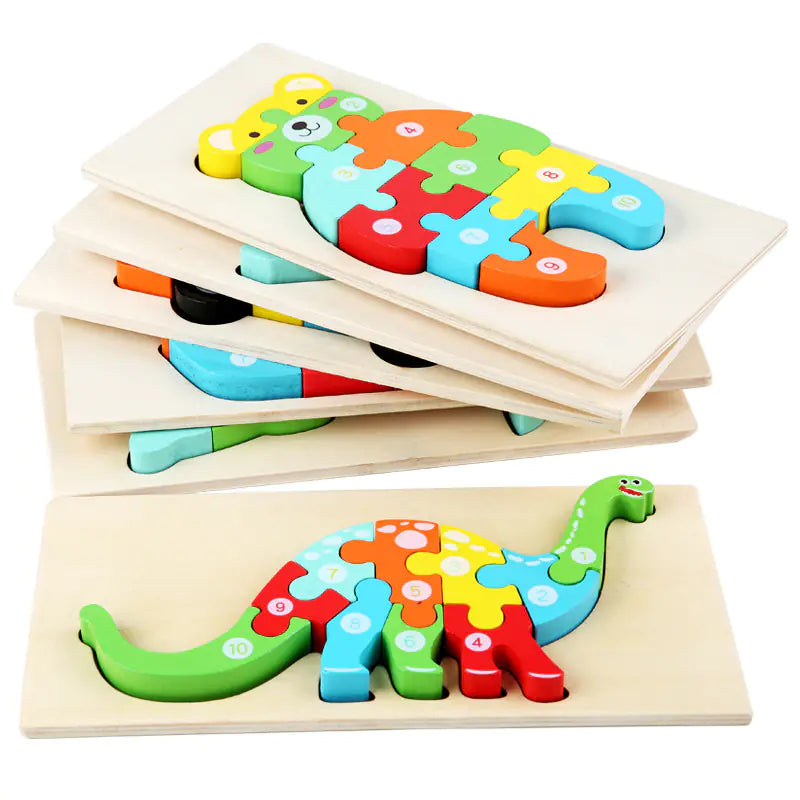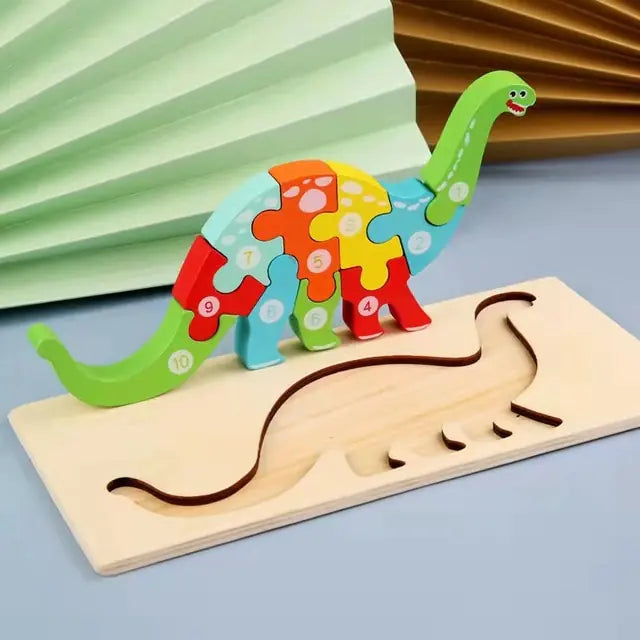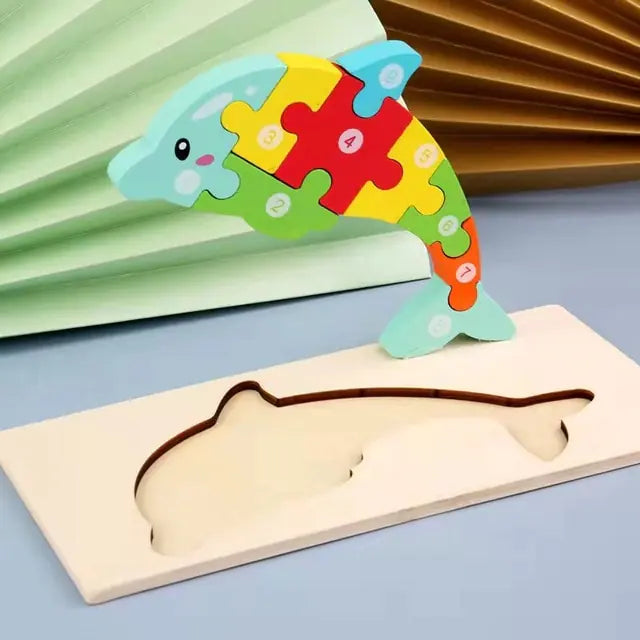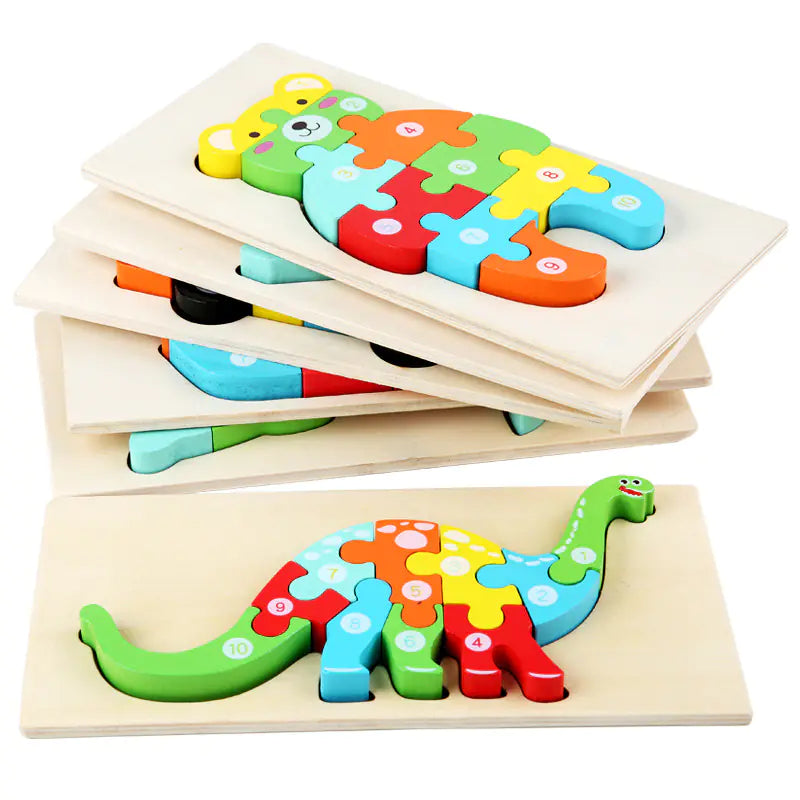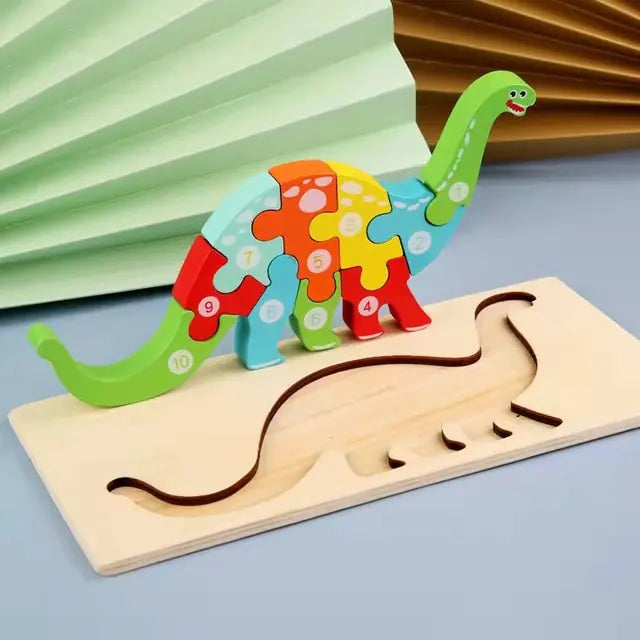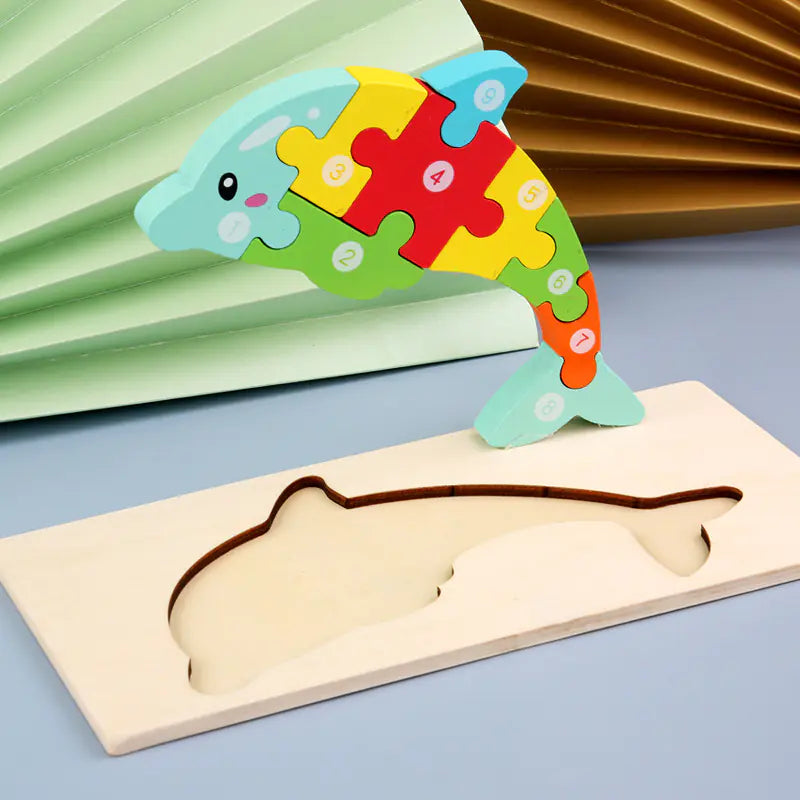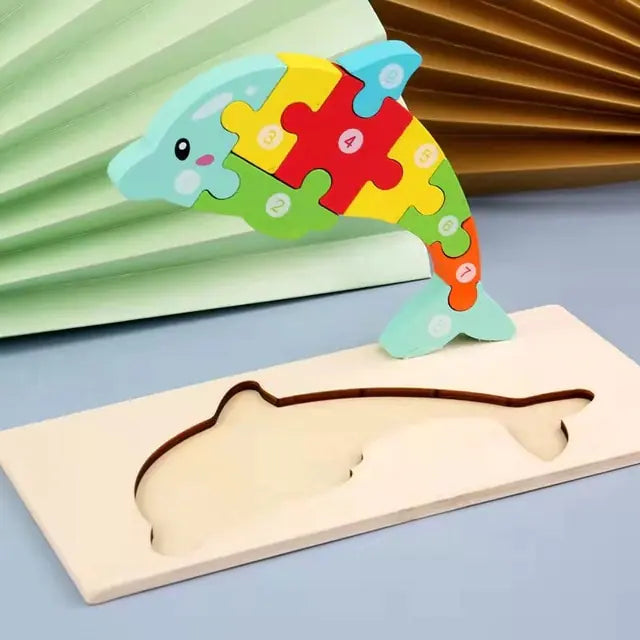Dive into the world of creativity and time with a DIY Watchmaking Kit for Kids! This exciting journey transforms young minds into skilled watchmakers, empowering them to design and assemble their very own watches. Our guide is here to lead you through the fascinating process, from selecting the perfect kit to putting the final touches on your personalized timepiece.
We'll kick things off by exploring various kids' watchmaking kits, focusing on the quality and user-friendliness of each option. Discover how to choose a kit that not only includes all the necessary materials but also matches your child's interest and skill level.
Next up, it's time to let creativity flow! Learn how to design a one-of-a-kind watch face using kid-friendly design tools. We'll guide you through simple steps to create vibrant and fun designs that reflect your child's personality, ensuring every watch is as unique as its maker.
Then, we delve into the assembly process. With easy-to-follow instructions, we'll show you how to piece together your watch, from attaching the watch face to securing the straps. Our guide includes helpful hints and online resources to assist young watchmakers in navigating any tricky steps, ensuring a rewarding building experience.
Once the watch is assembled, we'll cover the essentials of watch care, teaching kids how to keep their timepieces ticking beautifully. From understanding the importance of regular cleaning to learning about the watch's protection from the elements, this guide ensures that each handmade watch remains a cherished accessory for years to come.
Embark on this creative adventure with a DIY Watchmaking Kit for Kids and unlock the joy of crafting a timepiece that's truly your own. Get ready to tick-tock your way into the fascinating world of watchmaking!

Table of Contents:
- Choosing the Right Watchmaking Kit
- Designing Your Personalized Watch Face
- Assembling Your Custom Watch Components
- Ensuring Proper Functionality & Timekeeping Accuracy
- Caring For & Maintaining Your Handcrafted Timepiece
- FAQs about the Diy Watchmaking Kit
- Conclusion
Choosing the Right Watchmaking Kit
Selecting an appropriate DIY watchmaking kit is crucial to building a watch from scratch. These kits typically include essential components like bands, leather straps, and water-resistant glass. They also offer three exquisite designs, allowing you to create a custom timepiece for under $300.
Comparing different DIY watchmaking kits on the market
Before starting your first DIY watch project, it's essential to compare various options available in the market. When making your decision, consider factors such as price range, materials provided in each kit (e.g., stainless steel or brass), and ease of assembly. Some famous brands that offer quality DIY watchmaking kits are DIY Watch Club, Rotary Watches, and Build Your Watch.
- Price Range: Ensure the kit fits your budget while offering high-quality components.
- Materials Provided: Look for durable materials such as stainless steel or brass for long-lasting wear.
- Ease of Assembly: To make the process more enjoyable, opt for a kit with clear instructions and minimal tools.
Evaluating the quality of materials provided in each kit
The overall durability and appearance of your finished timepiece will largely depend on the quality of materials in your chosen equipment. Pay close attention to the type of watch case, band or strap, and glass provided in each kit.
- Watch Case: Stainless steel cases are generally more durable than brass ones. Ensure the patient is in pristine condition with no blemishes.
- Band/Strap: Genuine leather straps provide a classic look, while stainless steel bands offer a sleek, modern appearance. Choose one based on your personal preference and style.
- Glass: Sapphire crystal glass is highly scratch-resistant, making it an ideal choice for DIY watches. However, mineral glass can also be a more affordable and durable alternative.
Careful consideration of the available options when picking out a DIY watchmaking kit is essential for creating your personalized timepiece while keeping costs down. The kit includes everything you need for watch tinkering, and you can rotate the DIY watchmaking kit to make a watch that suits your style.
Choosing the fitting watchmaking kit is essential to ensure a successful DIY project. You can construct a watch with the correct equipment and components that display your style and character. Now, let's move on to designing our personalized watch face.
Designing Your Personalized Watch Face
Creating a unique and personalized watch face is vital to making your timepiece stand out. Using vector graphics software and a vinyl cutter, you can design intricate patterns or typography that reflect your style while ensuring high-quality output.
This section will discuss selecting suitable vector graphics software for designing watch faces and utilizing vinyl cutters to cut custom designs precisely.
Selecting Suitable Vector Graphics Software for Designing Watch Faces
To begin with, it's essential to choose the right vector graphics software that offers robust tools and features tailored to designing watch faces. Some popular options include Adobe Illustrator, CorelDRAW, Affinity Designer, Inkscape (free), and Gravit Designer (free). Each program has pros and cons; therefore, it's crucial to research their capabilities before committing to one.
- Adobe Illustrator: A professional-grade tool with advanced features perfect for creating complex designs.
- CorelDRAW: It offers an intuitive interface with powerful tools ideal for beginners and experienced designers.
- Affinity Designer: A cost-effective alternative boasting similar functionalities as Adobe Illustrator but at a lower price point.
- Inkscape & Gravit Designer: Free alternatives providing basic-to-intermediate level design capabilities suitable for those on a budget or just starting in graphic design.
Utilizing Vinyl Cutters for Precise Cutting of Custom Designs
Vinyl cutters are essential when transferring your digital watch face design onto physical materials. These machines offer precision cutting capabilities, allowing you to easily create intricate patterns and typography. When selecting a vinyl cutter, choose one that meets your needs and budget.
Some factors to consider when selecting a vinyl cutter include:
- Cutting Width: Ensure the machine can accommodate the size of your watch face designs.
- Cutting Force & Speed: Choose a model that offers adequate force and speed settings for precise cuts on various materials, such as metal or leather.
- Ease of Use & Compatibility: Look for user-friendly models compatible with popular vector graphics software programs mentioned earlier in this section.
In conclusion, designing your personalized watch face requires selecting suitable vector graphics software and an efficient vinyl cutter. By investing time in research and mastering these tools, you'll be well-equipped to create one-of-a-kind custom watches that genuinely reflect your unique style.
Constructing a customized watch dial to match your fashion sense can be accomplished with the instructions here. Assembling all components to create a fully functional timepiece is another challenge that requires attention to detail and careful execution.
Assembling Your Custom Watch Components
Once you have chosen your preferred design and gathered all the necessary parts from the selected kit, it's time to assemble your custom-made wristwatch. Carefully follow the instructions provided with the equipment or seek guidance online through tutorials or forums dedicated to DIY watch enthusiasts.
Following Step-by-Step Assembly Instructions in Detail
To ensure a successful assembly process, read and understand each step of the instructions in your DIY watchmaking kit. Start by organizing all components in a clean workspace, ensuring that you have adequate lighting and any required tools, such as small screwdrivers or tweezers. Don't force any pieces together as you progress through each step - this could damage delicate components.
- Gather all necessary materials and tools before starting.
- Organize components in a clean workspace with proper lighting.
- Carefully follow each instruction without forcing pieces together.
Seeking Help from Online Resources if Needed
If you have difficulty or require further understanding of any step, don't hesitate to seek assistance from online resources. Numerous websites, blogs, and forums exist where fellow DIY watch enthusiasts share their experiences and offer valuable advice. For example, watch assembly tutorials can visually demonstrate various techniques used throughout the building process. Additionally, watchmaker forums can connect you with experienced individuals who may be able to answer your questions or provide guidance.
By carefully following the instructions and seeking help, you can assemble a custom wristwatch that reflects your unique style. Take the time to relish your accomplishment - constructing a watch from the ground up should be cherished.
After assembling your custom watch components, it is vital to ensure proper functionality and timekeeping accuracy for a successful outcome. To do this, you must inspect the gears inside the movement mechanism and fine-tune various aspects of the assembled watches.

Ensuring Proper Functionality & Timekeeping Accuracy
After assembling your homemade wristwatch successfully, it's essential to ensure its proper functionality and accurate timekeeping ability. This may involve adjusting gears within the movement mechanism and fine-tuning other elements, such as hand alignment or date display settings.
Inspecting Gears Inside Movement Mechanism for Smooth Operation
You must inspect the gears inside the movement mechanism to ensure your custom watch runs smoothly. Ensure that all parts are correctly aligned and functioning without any obstructions. If necessary, consult online resources like Watch Repair Talk, where experienced DIY watchmakers share their knowledge and tips on gear adjustments.
Fine-Tuning Various Aspects of Assembled Watches
Beyond checking the internal gears, several aspects of your assembled watch require attention to achieve optimal performance:
- Hands Alignment: Make sure that the hour, minute, and second hands align correctly and do not interfere with one another during rotation. Misaligned hands can cause inaccurate time readings or even damage over time.
- Date Display Settings: For watches featuring a date function, verify that this feature is set up accurately according to instructions provided in your kit or found online through forums like WatchUSeek's Watchmaking Forum.
- Movement Calibration: To maintain precise timekeeping capabilities in mechanical watches, calibrate them periodically using tools such as a timing machine or following guidelines from expert sources like TimeZone Watch School.
By addressing these factors, you can ensure that your DIY watch functions accurately and reliably. Remember to monitor the performance of your timepiece regularly and make any necessary adjustments as needed.
Seeking Help from Online Resources if Needed
If you encounter difficulties during the fine-tuning process or need additional guidance, don't hesitate to seek help from online resources dedicated to DIY watch enthusiasts. Websites like the American Watchmakers-Clockmakers Institute (AWCI) offer information on various aspects of watchmaking, including troubleshooting tips for common issues beginners face.
Ensuring proper functionality and accurate timekeeping will enhance your satisfaction with your handcrafted wristwatch and contribute towards its longevity and reliability in daily use.
Ensuring proper functionality and timekeeping accuracy is essential for any watchmaker, as it ensures that the watches they craft are of high quality. With regular maintenance and care, your handcrafted timepiece will be sure to keep ticking accurately for years to come.
Caring For & Maintaining Your Handcrafted Timepiece
Regular care and maintenance practices are essential to keep your self-built wristwatch functioning optimally over time. Here are some critical steps to take to guarantee the proper functioning of your handmade watch and defend it from environmental influences such as temperature and moisture changes.
Regular Cleaning & Lubrication for Smooth Operation
Dirt, dust, and sweat can accumulate on your watch over time, affecting its performance. To maintain optimal functionality, clean the exterior of your watch regularly using a soft cloth or specialized cleaning products. Additionally, lubricating the movement mechanism with appropriate oils helps reduce friction between gears and other components. This process should be done every 3-5 years by a professional watchmaker or through DIY methods, depending on your level of expertise.
Protecting Watches from Environmental Factors
- Moisture: Even if your DIY watchmaking kit includes water-resistant glass, it's still essential to protect your custom-made timepiece from excessive exposure to water. Avoid wearing it while swimming or showering unless explicitly stated by the manufacturer that it is waterproof.
- Temperature Fluctuations: Extreme temperatures can affect quartz watches' mechanical movements and battery life. When not in use, keep them away from direct sunlight or extreme cold environments.
- Magnetic Fields: Strong magnetic fields may cause interference with a watch's accuracy; therefore, it's best to avoid placing your timepiece near electronic devices or magnets.
Checking for Signs of Wear or Damage
Regularly inspecting your handcrafted watch can help you identify signs of wear or damage before they become significant. Look for scratches on the glass, loose screws, and worn-out straps that may need replacement. If you notice any irregularities in timekeeping accuracy, consult a professional watchmaker for assistance.
Storing Your DIY Watch Properly
Store your custom-made wristwatch safely and securely to maintain its longevity and appearance. A dedicated watch box with cushioned compartments is ideal as it prevents scratches from other items while keeping dust at bay. Additionally, avoid storing watches alongside jewelry pieces with sharp edges that could cause damage.
Are DIY Watch Club watches good?
Yes, DIY Watch watches are generally of high quality. They offer a range of watchmaking kits that cater to different skill levels and preferences. The kits include detailed instructions and all the necessary components for assembling your timepiece. However, the outcome depends on your assembly skills and attention to detail.
Can you build your watch movement?
Building your watch movement is possible but requires advanced knowledge in horology, precision engineering, and access to specialized tools. Most DIY watchmaking kits provide pre-assembled actions due to their complexity. For enthusiasts interested in creating custom movements, starting by modifying existing ones or attending specialized courses is recommended.
What materials are required to make a watch?
To make a watch from scratch, you'll need materials such as stainless steel or other metals for the case; sapphire crystal or mineral glass for the dial window; leather or metal bands; hands; dials; screws; gaskets; lubricants like oil or grease and watch movements. Additionally, specialized tools like tweezers, screwdrivers, and magnifiers will be needed during assembly.
How long does it take to put together a watch?
The time taken varies depending on factors such as experience level and complexity of the kit chosen. Beginners may require several hours, while experienced individuals can complete more straightforward projects within an hour or two. More complex builds involving modifications could take days if not weeks. Diligence and precision are crucial when working with delicate parts.
When looking for a kit, compare the various choices and assess the quality of supplies. Designing a personalized watch face requires selecting suitable software and utilizing vinyl cutters for precision. Custom components should be assembled carefully, ensuring proper functionality and timekeeping accuracy through inspection and fine-tuning. Lastly, caring for your handcrafted timepiece involves regular cleaning, lubrication, and protection from environmental factors.
Ready to start your own DIY Watchmaking Kit project? Visit HomeKartz for all your watch tinkering needs!


